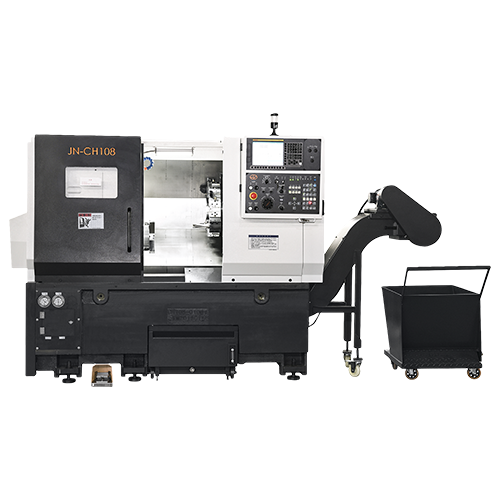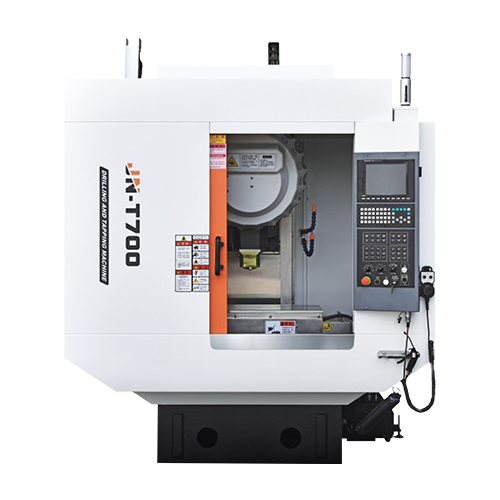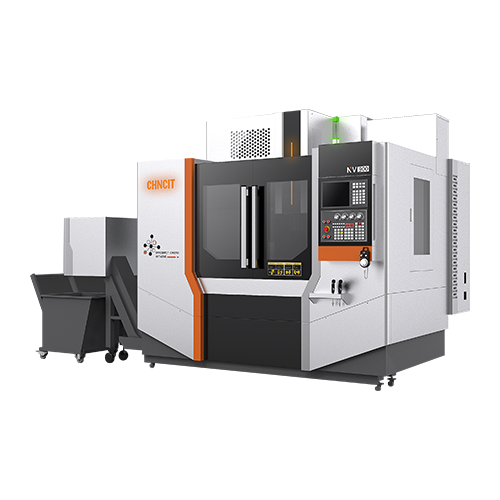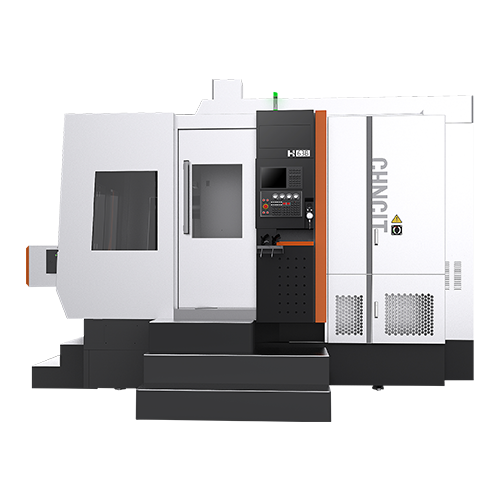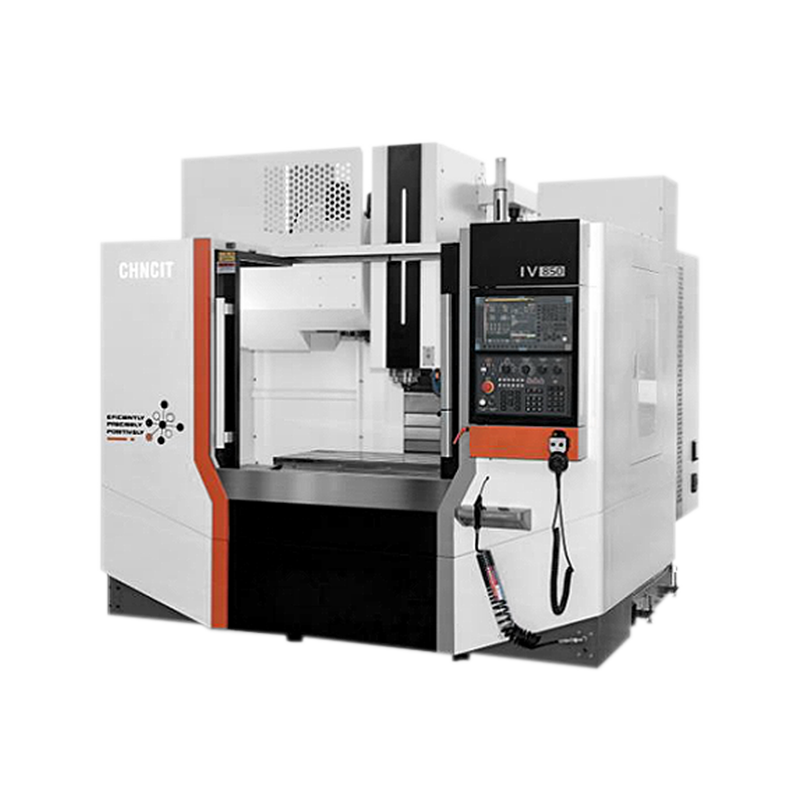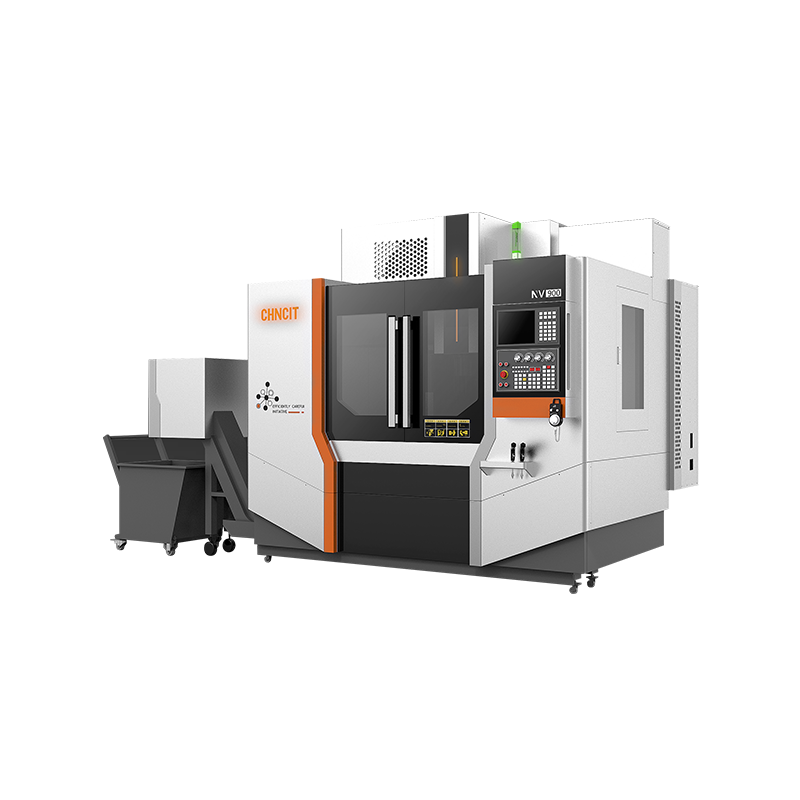-
 WHATSAPP
WHATSAPP -
 INS
INS -
 WECHAT
WECHAT
Key Considerations for Choosing Vertical Milling Centers in Production
Design High Quality Traveling Column Vertical Milling Machining Centers
When it comes to precision machining, Vertical Milling Centers (VMCs) are essential tools in many industries, offering a wide range of capabilities for manufacturers. These versatile machines are designed to perform various milling tasks, such as drilling, boring, and cutting, with high accuracy. Choosing the right Vertical Milling Center for your production needs can significantly impact efficiency, cost-effectiveness, and overall performance. There are several key considerations to keep in mind when selecting a Vertical Milling Center for your shop or factory.
Understanding the Basics of Vertical Milling Centers
Vertical Milling Centers are CNC machines that feature a vertically oriented spindle. Unlike horizontal machines, where the spindle operates horizontally, the spindle in a Vertical Milling Center is positioned vertically. This orientation allows the machine to work with greater precision and detail on a wide range of materials, including metals, plastics, and composites. Vertical Milling Centers are designed to handle intricate designs and high-tolerance workpieces, making them ideal for industries such as aerospace, automotive, and medical device manufacturing.
1. Size and Travel Capacity
One of the primary factors to consider when choosing a Vertical Milling Center is its size and travel capacity. These machines are available in various sizes, and the choice depends on the type and size of the parts you need to manufacture. Smaller parts may not require a large machine, while larger components may necessitate a machine with a greater travel range. It's essential to ensure that the Vertical Milling Center you select has the appropriate axis travel to accommodate the components you plan to process.
The X, Y, and Z axis travel dimensions define the machine's ability to move the workpiece in three-dimensional space. Make sure to choose a Vertical Milling Center that meets your specific production requirements, as a machine with limited travel might restrict your capabilities in the future. Additionally, larger machines with greater travel capacity tend to be more expensive, so balancing size with your production needs is key.
2. Spindle Speed and Power
Another crucial aspect to consider when selecting a Vertical Milling Center is the spindle speed and power. The spindle is the heart of any milling operation, and its speed directly impacts the cutting efficiency and material compatibility. For tasks that require high-speed machining, such as intricate part features or fine finishes, a high-speed spindle is necessary.
However, not all applications demand high-speed spindles. For tougher materials, such as titanium or stainless steel, more power is needed to drive the tool through the workpiece. When selecting a Vertical Milling Center, assess the type of materials you frequently work with and ensure the spindle speed and power are appropriate for your needs.
3. Tooling and Automation Features
A significant advantage of Vertical Milling Centers is their ability to integrate various tooling systems and automation features. These capabilities can help improve productivity and reduce labor costs. When selecting a Vertical Milling Center, consider whether the machine is compatible with automatic tool changers (ATC), which can speed up the process of switching between tools during complex operations.
Automation features such as robotic arms or automated material handling systems can also enhance the efficiency of your operations. These systems reduce downtime between cycles and allow for unattended machining, improving both the speed and cost-effectiveness of production. Before making a purchase, carefully evaluate your production requirements to determine the type and extent of automation features that would be beneficial in your workflow.
4. Precision and Accuracy
Precision is critical when selecting any milling machine, and Vertical Milling Centers are no exception. The degree of accuracy required in your production environment will play a significant role in the decision-making process. High-precision Vertical Milling Centers are designed to deliver consistent results, which is essential for industries that rely on tight tolerances, such as aerospace and medical device manufacturing.
Factors that contribute to the precision of a Vertical Milling Center include the machine's structural rigidity, the quality of the spindle, and the accuracy of the CNC controller. When choosing a machine, consider whether it meets the specific tolerance requirements of your parts. Even small discrepancies in part dimensions can advance to significant issues in production, so investing in a machine that guarantees precision can save costs in the long run.
5. Maintenance and Support
Like any high-performance machinery, Vertical Milling Centers require regular maintenance to ensure good performance and longevity. Some machines are designed with user-friendly maintenance features, such as automatic lubrication systems, which make it easier to maintain the machine without the need for extensive downtime.
Additionally, it's essential to consider the level of support available for your chosen Vertical Milling Center. Reliable technical support and spare parts availability can reduce machine downtime in the event of a malfunction. When purchasing a machine, inquire about the manufacturer's service and support options to ensure that you will have access to assistance if any issues arise during operation.
6. Cost and Return on Investment
Cost is always a critical consideration when choosing any piece of machinery. While Vertical Milling Centers can be an investment, they can also offer substantial returns over time through improved efficiency and production capabilities. Be sure to assess the total cost of ownership, including maintenance, tooling, and training, and consider the potential return on investment (ROI) based on your production needs.
It's important to remember that the initial purchase price of a Vertical Milling Center is only one part of the overall cost equation. Training your staff, maintaining the machine, and optimizing its use will also contribute to the overall ROI. Carefully evaluate your production goals and budget to determine whether the machine will provide the necessary value over time.
Choosing the right Vertical Milling Center is an important decision that requires careful consideration of various factors, including size, spindle speed, tooling features, precision, maintenance, and cost. By assessing these aspects in relation to your production requirements, you can select a Vertical Milling Center that enhances your manufacturing processes and contributes to the overall success of your business. The right machine can not only improve efficiency but also provide long-term value, making it a crucial component of your production strategy.

